Related Research Articles

Saint Kitts and Nevis, officially known as the Federation of Saint Christopher and Nevis, is an island country in the West Indies. Located in the Leeward Islands chain of the Lesser Antilles, it is the smallest sovereign state in the Western Hemisphere, in both area and population. The country is a Commonwealth realm, with Elizabeth II as Queen and head of state. It is the only federation in the Caribbean.
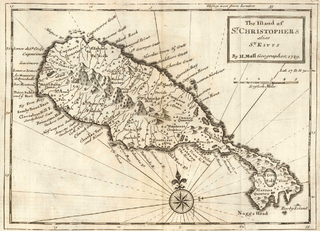
Saint Kitts and Nevis have one of the longest written histories in the Caribbean, both islands being among Spain's and England's first colonies in the archipelago. Despite being only two miles apart and quite diminutive in size, Saint Kitts and Nevis were widely recognized as being separate entities with distinct identities until they were forcibly united in the late 19th century.

Spanish Town is the capital and the largest town in the parish of St. Catherine in the historic county of Middlesex, Jamaica. It was the Spanish and British capital of Jamaica from 1534 until 1872. The town is home to numerous memorials, the national archives, and one of the oldest Anglican churches outside England.
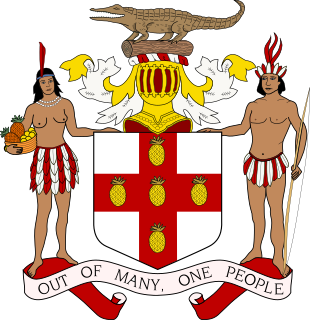
The parishes of Jamaica are the main units of local government in Jamaica. They were created following the English Invasion of Jamaica in 1655. This administrative structure for the Colony of Jamaica developed slowly. However, since 1 May 1867 Jamaica has been divided into the current fourteen parishes. These were retained after independence in 1962. They are grouped into three historic counties, which no longer have any administrative relevance. Every parish has a coast; none are landlocked.

Paul Bogle was a Jamaican Baptist deacon and activist. He is a National Hero of Jamaica. He was a leader of the 1865 Morant Bay protesters, who marched for justice and fair treatment for all the people in Jamaica. After leading the Morant Bay rebellion, Bogle was captured by government troops, tried and convicted by British authorities under martial law, and hanged on 24 October 1865 in the Morant Bay court house.

Edward John Eyre was an English land explorer of the Australian continent, colonial administrator, and a controversial Governor of Jamaica.

The Morant Bay rebellion began with a protest march to the courthouse by hundreds of people led by preacher Paul Bogle in Morant Bay, Jamaica. Some were armed with sticks and stones. After seven men were shot and killed by the volunteer militia, the protesters attacked and burned the courthouse and nearby buildings. A total of 25 people died. Over the next two days, poor freemen, many ex-slaves, rose in rebellion across most of St. Thomas-in-the-East parish.

Saint Thomas, once known as Saint Thomas in the East, is a suburban parish situated at the south eastern end of Jamaica, within the county of Surrey. It is the birthplace of the Right Honourable Paul Bogle, designated in 1969 as one of Jamaica's seven National Heroes. Morant Bay, its chief town and capital, is the site of the Morant Bay Rebellion in 1865, of which Bogle was a leader.

Sir Anthony Musgrave was a colonial administrator and governor. He died in office as Governor of Queensland in 1888.
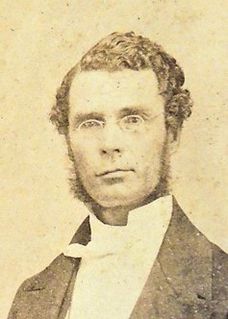
George William Gordon was a wealthy mixed-race Jamaican businessman, magistrate and politician, one of two representatives to the Assembly from St. Thomas-in-the-East Parish. He was a leading critic of the colonial government and the policies of Jamaican Governor Edward Eyre.
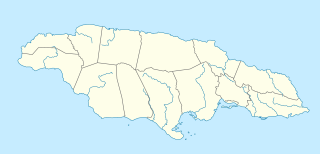
Morant Bay is a town in southeastern Jamaica and the capital of the parish of St. Thomas, located about 25 miles east of Kingston, the capital. The parish has a population of 94,410.

Robert Searle was one of the earliest and most active of the English buccaneers on Jamaica.
Port Morant is a town in Saint Thomas Parish, southeastern Jamaica. It was, in the early years of European settlement, one of the island's chief ports, with export of bananas and production of rum being major industries. Following the English conquest of Jamaica in 1655, General Luke Stokes arrived from Nevis with 1,600 people who settled near Port Morant in 1656.
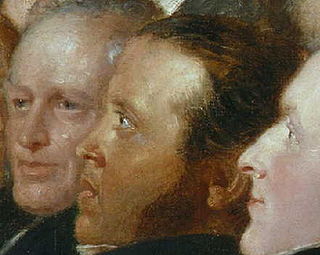
William Knibb, OM was an English Baptist minister and missionary to Jamaica. He is chiefly known today for his work to free slaves.
Sir Charles Lyttelton, 3rd Baronet, of Frankley, in the County of Worcester, MP was one of early English Governors of Jamaica, an army officer and Member of Parliament from the Lyttelton family.
Irish people in Jamaica or Irish Jamaicans, are Jamaican citizens whose ancestors originated from Ireland. Irish people are the second-largest reported ethnic group in Jamaica, after Jamaicans of African ancestry. Population estimates range from 100,000 to 200,000, making Irish Jamaicans a significant minority ethnic group. Most Jamaicans with Irish ancestry also have African ancestry.

Golden Grove is a settlement in the parish of Saint Thomas, Jamaica. Historically a sugar plantation, it had a population of 3,057 in 2009.

Morant Bay High School in Morant Bay, St Thomas, Jamaica was founded in 1961.

Jamaica was an English colony from 1655, and a British Colony from 1707 until 1962, when it became independent. Jamaica became a Crown colony in 1866.

Saint David Parish was one of the historic parishes of Jamaica created following colonisation of the island by the British. It was in the east of the island in Surrey County
References
- ↑ Jackson, Patricia. "Jamaican History 1492-1727". www.jamaicanfamilysearch.com. Patricia Jackson. Retrieved 11 June 2019.
- ↑ Harlow, V. T. (2016). Colonising Expeditions to the West Indies and Guiana, 1623-1667. Abingdon: Routledge. ISBN 9781317164104.
- ↑ Cahoon, Ben. "Saint Kitts and Nevis". www.worldstatesmen.org. Retrieved 11 June 2019.
- ↑ Mosley, Dr Raul A. (30 March 2015). "Stokes Hall Great House". A Tour of Jamaica's Great Houses, Plantations, & Pens. Retrieved 11 June 2019.